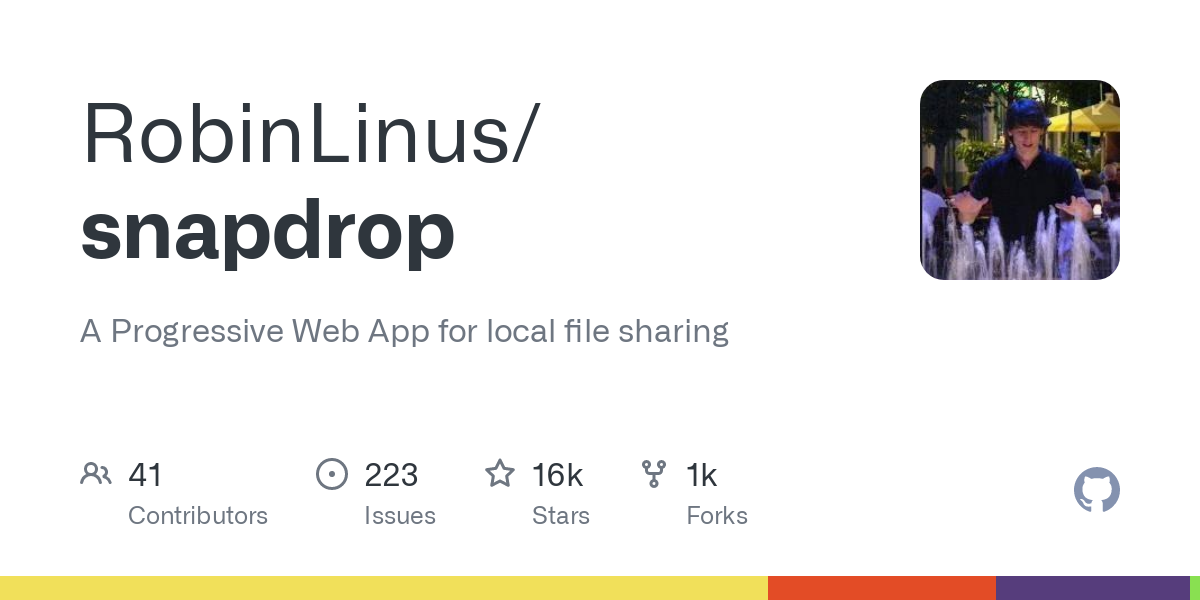- cross-posted to:
- [email protected]
- cross-posted to:
- [email protected]
Heard about his on the self hosted podcast and just installed it and it works great. Dont use the given compose file just make your own with the linuxserver image. Here’s mine and it works over tailscale and through my reverse proxy.
version: "3"
services:
snapdrop:
image: "linuxserver/snapdrop"
volumes:
- /nasdata/docker/volumes/snapdrop/:/data
ports:
- "8090:80"
- "4430:443"



I’ve always found snapdrop very very inconsistent. When it works is amazing, but it often as not doesn’t see other devices.
LocalSend, on the other hand, is excellent. It’s an app so needs to be installed but it available for about every platform desktop and mobile and is my go-to now.
Another recommendation for Localsend. But it’s cool that Snapdrop manages to do almost the same thing and does it in the browser. I can definitely see where it would be useful.
What’s the point of self-hosting Snapdrop though? Does it need a discovery server in there for WebRTC? Or does this just end up serving the same static files but now from a local server?
The main reason to self host snapdrop is that a good 60% of the time, when I really need it to work - it’s down.